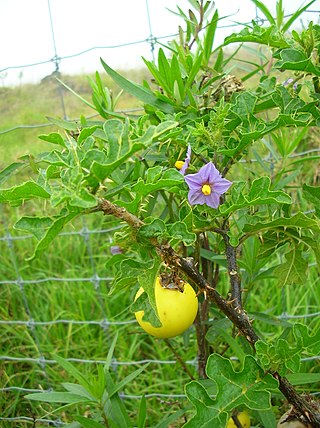
The field elm cultivar 'Atinia' , commonly known as the English elm, formerly common elm and horse may, and more lately the Atinian elm, was, before the spread of Dutch elm disease, the most common field elm in central southern England, though not native there, and one of the largest and fastest-growing deciduous trees in Europe. R. H. Richens noted that elm populations exist in north-west Spain and northern Portugal, and on the Mediterranean coast of France that "closely resemble the English elm" and appear to be "trees of long standing" in those regions rather than recent introductions. Augustine Henry had earlier noted that the supposed English elms planted extensively in the Royal Park at Aranjuez from the late 16th century onwards, specimens said to have been introduced from England by Philip II and "differing in no respects from the English elm in England", behaved as native trees in Spain. He suggested that the tree "may be a true native of Spain, indigenous in the alluvial plains of the great rivers, now almost completely deforested".

Solanum linnaeanum is a nightshade species known as devil's apple and, in some places where it is introduced, apple of Sodom. The latter name is also used for other nightshades and entirely different plants elsewhere, in particular the poisonous milkweed Calotropis procera.

Juniperus procera is a coniferous tree native to mountainous areas in Africa and the Arabian Peninsula. It is a characteristic tree of the Afromontane flora.

Chlorociboria is the type genus of in the fungal family Chlorociboriaceae within order Helotiales. The genus includes 23 species.

Chlorociboria aeruginascens is a saprobic species of mushroom, commonly known as the blue stain, green elfcup or the green wood cup because of its characteristic small, green, saucer-shaped fruit bodies. Although the actual fruit bodies are infrequently seen, the green staining of wood caused by the fungus is more prevalent.

Macrolepiota clelandii, commonly known as the slender parasol or graceful parasol, is a species of mushroom-forming fungus in the family Agaricaceae. The species is found in Australia and New Zealand, where it fruits singly or in small groups on the ground in eucalypt woodlands, parks, and roadsides. It is a tall mushroom up to roughly 20 cm (8 in), with a broad cap covered with distinctive rings of dark brown scales. The whitish gills on the cap underside are closely spaced and free from attachment to the slender stipe, which has a loose ring on its upper half, and a bulbous base. The edibility of the mushroom is not known with certainty, but closely related parasol mushrooms are edible and some are very sought after.

Dichelachne is a genus of Australian, Indonesian, and Pacific Island plants in the grass family. They are known commonly as plumegrasses.
Chlorociboria albohymenia is a species of fungus in the family Chlorociboriaceae. It is found in New Zealand.
Chlorociboria awakinoana is a species of fungus in the family Chlorociboriaceae. It is found in New Zealand.
Chlorociboria campbellensis is a species of fungus in the family Chlorociboriaceae. It is found in New Zealand.
Chlorociboria clavula is a species of fungus in the family Chlorociboriaceae. It is found in New Zealand.
Chlorociboria colubrosa is a species of fungus in the family Chlorociboriaceae. It is found in New Zealand.
Chlorociboria duriligna is a species of fungus in the family Chlorociboriaceae. It lives in New Zealand.
Chlorociboria halonata is a species of fungus in the family Chlorociboriaceae. It is found in New Zealand.
Chlorociboria macrospora is a species of fungus in the family Chlorociboriaceae. It is found in New Zealand.
Chlorociboria pardalota is a species of fungus in the family Chlorociboriaceae. It is found in New Zealand.
Chlorociboria poutoensis is a species of fungus in the family Chlorociboriaceae. It is found in New Zealand.
Chlorociboria spathulata is a species of fungus in the family Chlorociboriaceae. It is found in New Zealand. It is a species of green algae that is commonly found on dead and decaying wood. It is sometimes referred to as "green stain fungi" because of the green pigment it produces, which can stain wood a distinctive shade of green. The species is often used as a model organism in studies of wood decay and wood-rotting fungi.
Chlorociboria spiralis is a species of fungus in the family Chlorociboriaceae. It is found in New Zealand.

Hygrocybe procera is a colourful Hygrocybe (waxcap) fungus. First described as Hygrophorus procerus by Greta Stevenson in 1963, the species was transferred to Hygrocybe in 1971 by Egon Horak. It is only known with certainty from New Zealand.







